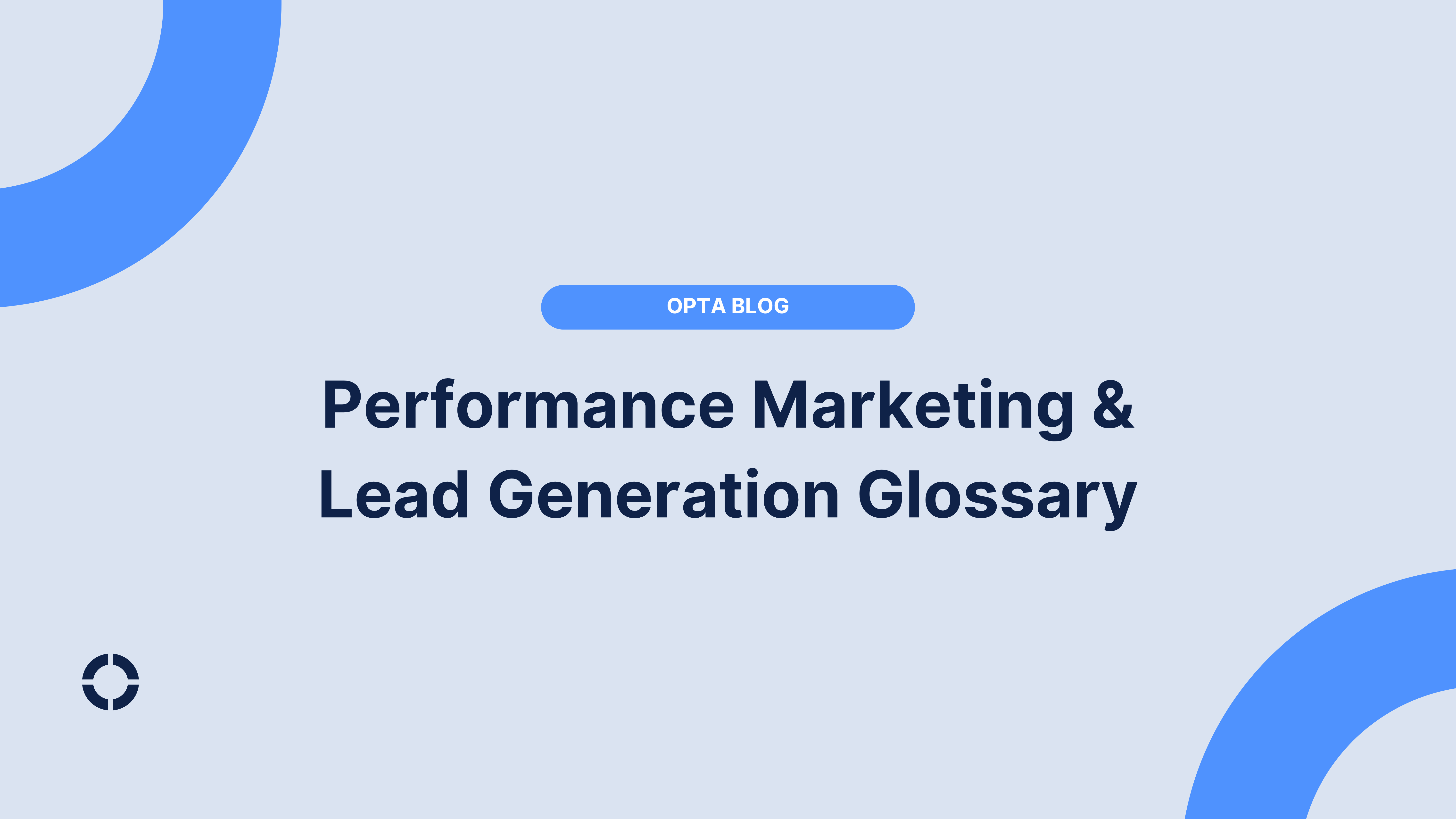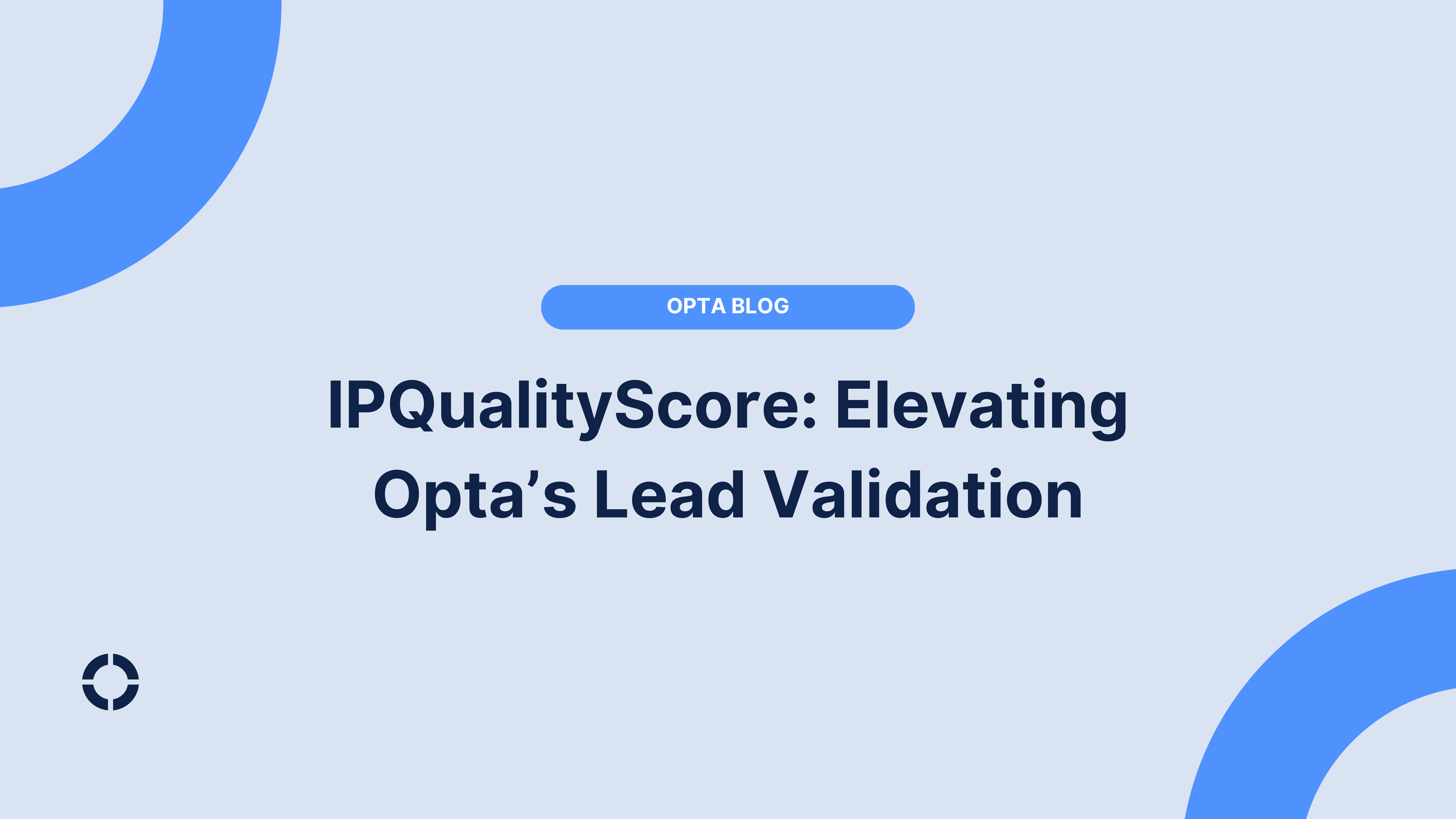An effective lead system gives marketers the edge needed to capture, nurture, and close leads at scale. Lead systems are comprehensive tools designed to manage every stage of the lead journey, from capture to conversion.
For brands, marketing agencies, and publishers, implementing a streamlined lead system is essential to meet ambitious growth targets and improve ROI.
This article covers the critical components of a lead system, the different types available, and best practices to ensure it aligns seamlessly with your business objectives.
What is a Lead System?
A lead system refers to a cohesive set of tools, processes, and technologies that allow marketers to effectively capture, manage, nurture, and distribute leads.
Unlike customer relationship management (CRM) systems, which focus primarily on tracking client relationships, lead systems include other functionalities essential for managing your entire lead generation funnel.
Let’s explore the components and types of lead systems and how they can be used to drive growth.
Key Components of a Lead System
A well-designed lead system consists of several different components that work together to ensure efficient lead generation and management.
Lead Capture
Capturing leads efficiently is the first and most essential step in the lead generation funnel. Various channels can serve as entry points for potential customers.
Web forms placed strategically across landing pages or product pages collect user information. Social media platforms now offer native lead generation forms, enabling data capture without users needing to leave the app. Physical events, such as trade shows, also allow for high-intent lead gathering through in-person engagement.
Each channel contributes valuable contact details and other data, feeding prospects into the lead system for further nurturing.
Lead Management
Once leads are captured, efficient lead management is vital. This component ensures that leads are systematically organized and followed up with. A secure, centralized database stores all lead information in one accessible location.
Lead scoring and qualification processes help prioritize high-potential prospects to ensure efficient follow-up. Segmenting leads by industry, behavior, or purchase intent further enhances organization, making it easier to tailor interactions and conversions.
Effective lead management keeps the pipeline organized and allows teams to prioritize high-value leads for faster conversion.
Lead Nurturing
Lead nurturing moves leads down the funnel by engaging them with targeted, personalized content. A robust nurturing strategy builds relationships with prospects and keeps your brand top-of-mind.
Targeted email campaigns drive engagement by addressing each lead’s unique interests and pain points. Personalized content delivers relevant messaging at key stages, strengthening the connection with your brand. Automated workflows reduce manual tasks, allowing sales reps to focus on high-impact activities.
An effective nurturing strategy prepares leads for conversion, ensuring they’re informed and ready to engage further with your brand.
Lead Distribution
The lead distribution phase ensures that leads reach the right endpoint at the right time. Real-time and delayed postings allow for dynamic lead handling, accommodating both immediate follow-ups and scheduled lead assignments.
Advanced conditional logic, using if/then statements, enables nuanced lead routing based on factors such as geography, posting responses, and more. This approach tailors the distribution process, maximizing the chance that the most appropriate sales rep connects with the lead quickly.
Optimized lead distribution reduces delays, improves speed-to-lead, and ensures that each lead reaches the most qualified individual, increasing conversion potential.
Analytics and Reporting
A robust lead system also includes analytics to measure the effectiveness of lead generation and nurturing.
You’ll want reporting that allows you to monitor lead volume by source and date, the performance of those leads, and more.
Opta’s automated performance reporting provides real-time insights into the cost per conversion across the campaign and every data point within. This replaces the dozens of manual spreadsheets marketers traditionally relied on.
Lead source performance analysis highlights where your best leads are coming from, helping you to allocate more budget to those sources.
You’ll also need reporting on our nurturing activity. How are email campaigns and sales agents performing? This will help you adjust your strategy to increase your ROI from performance marketing.
Types of Lead Systems
Depending on primary function and focus, different types of lead systems address specific business needs.
CRM Systems
Customer Relationship Management (CRM) systems like Salesforce and HubSpot manage relationships across the customer lifecycle.
CRMs provide excellent organization and tracking capabilities but generally lack the advanced lead distribution and nurturing functions essential to lead generation. Primarily designed to manage customer interactions, CRMs play a crucial, albeit supplementary, role in a comprehensive lead system.
Marketing Automation Platforms
Platforms such as Marketo, Pardot, and HubSpot Marketing Hub streamline marketing activities through automation. These platforms are known for robust lead scoring and qualification processes that prioritize leads based on behavior.
Email automation simplifies outreach by facilitating targeted campaigns. Marketing automation platforms excel in handling large lead volumes, freeing up resources for higher-value lead engagement. These platforms are ideal for businesses looking to automate and scale nurturing efforts.
Dedicated Lead Distribution Software
Specialized lead distribution software like Opta is specifically designed for routing and managing lead flow. Advanced lead distribution functionalities include real-time and delayed postings, which align distribution with optimal follow-up timing, and condition logic that allows for dynamic lead routing based on unique criteria.
Seamless integration with CRMs ensures data flow continuity between the lead system and CRM, maintaining consistency in lead tracking.
This distribution-focused lead system is indispensable for businesses that rely on real-time lead handling and need to ensure every lead reaches the most suitable representative.
Lead Generation Software
For companies focused on direct lead acquisition, lead generation software like OptinMonster and Unbounce offer optimized landing page creation and capture forms. These tools allow marketers to attract leads through custom-designed experiences that boost conversion rates.
Often integrated with CRMs or lead distribution systems, they facilitate a seamless handoff from acquisition to nurturing, ensuring an uninterrupted lead journey from initial contact to conversion.
Benefits of Using a Lead System
Using a comprehensive lead system offers significant advantages for lead generation marketers, especially those managing high lead volumes.
Enhanced Lead Quality and Conversion Rates
A lead system ensures that each lead is managed precisely, increasing the chances of successful conversion. Lead scoring and nurturing help sales reps prioritize high-value leads, reducing the time spent on low-quality leads and focusing efforts on those most likely to convert.
Efficiency in Sales Processes
Automated lead distribution and nurturing workflows streamline sales, freeing sales teams to focus on high-impact activities. These efficiencies improve timely engagement, an essential factor in lead conversion within competitive industries.
Better Tracking and Measurement
Robust analytics and reporting allow marketers to make data-driven decisions. Tracking and analyzing key metrics enable ongoing optimization of lead generation strategies. Understanding which lead sources yield the highest ROI lets companies direct resources where they’ll have the most impact.
Scalability for Growing Businesses
Lead systems enable businesses to scale lead generation without additional headcount, as automation and structured processes support growth. Even as lead volumes increase, the system remains efficient and effective, supporting sustained expansion without overwhelming sales teams.
Best Practices for Implementing a Lead System
Effective implementation of a lead system requires careful planning and alignment with overall business goals.
Define Clear Criteria for Lead Scoring
Establishing scoring criteria ensures that sales teams prioritize high-potential leads, reducing resource wastage. Attributes such as industry, engagement level, and sales readiness contribute to a scoring system that drives efficient lead prioritization.
Ensure Integration Between Lead System and Tech Stack
Integrating your lead system with both marketing automation platforms and CRMs enables smooth data flow and collaboration between teams. A well-integrated system reduces gaps in the lead journey, ensuring a seamless handoff from marketing to sales.
With data continuity, sales teams gain insight into each lead’s engagement history, which helps them tailor their approach and follow up at the most opportune moments. Integration also allows for accurate tracking, reporting, and analysis, providing both teams with a unified view of lead status and performance metrics to streamline decision-making and strategy adjustments.
Regularly Analyze and Optimize Lead Generation Efforts
Routine analysis of lead generation and distribution activities allows marketers to spot trends and make improvements based on performance data. Adjusting lead capture forms, nurturing sequences, or distribution logic can yield significant improvements in conversion rates.
Opta’s automated performance reporting simplifies this process, making it easy for teams to identify opportunities for improvement without time-consuming manual reviews.
Provide Ongoing Lead System Training to Your Team
As lead systems evolve and new features are added, continuous training ensures that sales and marketing teams can fully leverage the technology.
Training sessions allow team members to stay current on best practices, use advanced features, and refine their approach to lead handling. With well-trained staff, the lead system operates at peak efficiency, maximizing the investment’s value.
Lead System Conclusion
A lead system is an indispensable tool for marketers aiming to streamline lead generation and maximize conversion rates. By capturing, managing, nurturing, and distributing leads effectively, marketers can optimize each stage of the sales funnel.
Whether you are a brand, agency, or publisher, a lead system that aligns with your business’s unique needs will improve lead quality, efficiency, and ROI. Incorporating best practices like clear lead scoring, integration across tools, and continuous performance analysis will ensure the lead system operates at its highest potential.
Ready to transform your lead generation efforts? Book a demo with Opta today to see how our advanced lead distribution technology can streamline your sales funnel and drive growth.
Become a lead generation expert in 5 minutes a week
Subscribe for free


